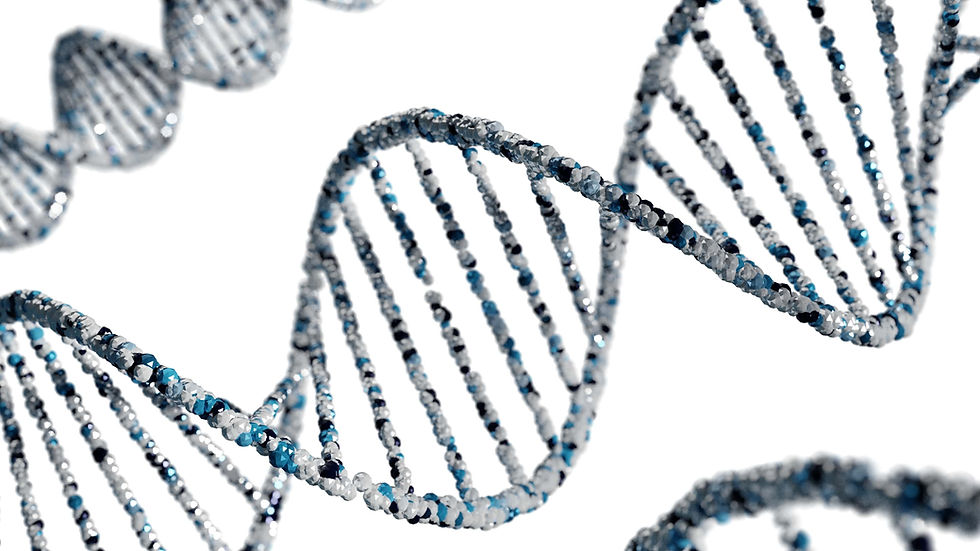Understanding Gout: Symptoms, Causes, and Management
- Varsha V Nair
- Oct 30, 2023
- 2 min read

Gout is a form of inflammatory arthritis that has been recognized for centuries. Often characterized by sudden, severe attacks of pain, redness, swelling, and tenderness in the joints, gout can significantly impact one's quality of life. Although it's commonly associated with the big toe, it can affect various joints in the body. This blog aims to delve into the complexities of gout, exploring its symptoms, causes, diagnosis, treatment, and preventive measures.
Symptoms of Gout:
Gout manifests in distinct ways, typically flaring up suddenly and causing intense pain. The primary symptoms include:
Intense Joint Pain: Gout pain is often described as sudden and excruciating. It usually occurs in the joints, most commonly in the big toe, but it can also affect the ankles, knees, elbows, wrists, and fingers.
Inflammation and Redness: The affected joint becomes swollen, red, and tender due to the inflammation caused by the accumulation of urate crystals.
Limited Range of Motion: Due to the pain and swelling, the affected joint may experience a reduced range of motion.
Causes of Gout:
Gout results from an excess of uric acid in the blood, a condition known as hyperuricemia. Uric acid, a waste product produced during the breakdown of purines, is usually dissolved in the blood and eliminated through urine. However, if the body produces too much uric acid or if the kidneys cannot excrete enough of it, it can lead to the formation of urate crystals, which accumulate in the joints, triggering gout attacks.
Factors contributing to gout include:
Diet: Consuming foods high in purines, such as red meat, seafood, and alcohol, can contribute to elevated uric acid levels.
Genetics: A family history of gout can increase the risk of developing the condition.
Health Conditions: Obesity, high blood pressure, kidney disease, and certain medications can also increase the likelihood of experiencing gout.
Diagnosis and Treatment:
A proper diagnosis of gout often involves a combination of medical history, a physical examination, and diagnostic tests, which may include joint fluid analysis, blood tests, and imaging tests like X-rays or ultrasound to detect urate crystals.
Once diagnosed, the management of gout usually involves a combination of medication and lifestyle changes:
Medication: Nonsteroidal anti-inflammatory drugs (NSAIDs), corticosteroids, and colchicine are often prescribed to alleviate pain and inflammation during gout attacks. Long-term management may include medications that lower uric acid levels.
Lifestyle Changes: Adopting a healthier lifestyle by maintaining a balanced diet, reducing alcohol consumption, staying hydrated, and managing weight can help prevent gout attacks.
Preventive Measures:
Preventing gout attacks involves making sustainable lifestyle changes:
Dietary Adjustments: Limiting foods high in purines, such as organ meats, seafood, alcohol, and sugary beverages, while increasing the intake of low-fat dairy, citrus fruits, and vegetables can help manage uric acid levels.
Hydration: Staying hydrated by drinking plenty of water aids in flushing out excess uric acid from the body.
Regular Exercise: Regular physical activity helps maintain a healthy weight and can reduce the risk of gout attacks.



Comments